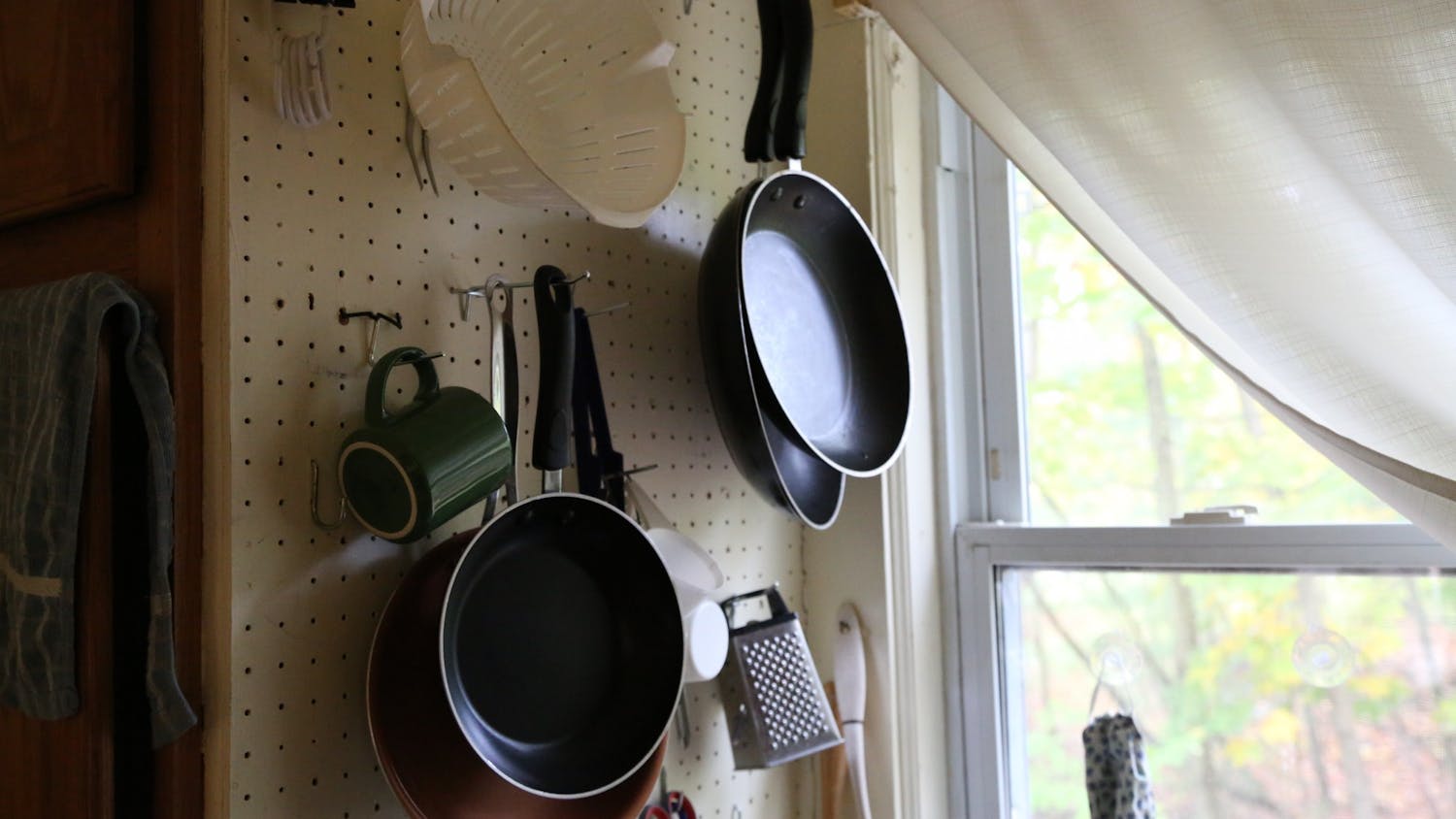There is nothing more defeating than walking into the kitchen ravenously hungry after a long day of work — and then having to cook. Expending the effort to plan a meal, prep ingredients, cook the dish and then clean afterward is simply tiresome, even for those who enjoy the act of cooking. If you’re on an off-term or taking classes while living off campus, preparing food can add another layer of stress to an already stressful day. But thankfully, all that stress is not necessary for quotidian cooking.
Ostensibly, meal prep seems like the perfect solution — cook all your meals in one go early in the week and save yourself the hassle of cooking and cleaning every night. Walk into any home goods store, and you can find sets of plastic containers dedicated to meal prep, with dividers for mains and sides and stackable uniformity. While in theory meal prep sounds like the end-all, be-all solution to preparing food pragmatically, the reality is eating the same reheated, flavorless meals every night of the week.
Not to say that this doesn’t work for some; many food bloggers and working adults swear by this method to free up time in their days and streamline their cooking. There are a plethora of YouTube videos, blogs and even cookbooks dedicated to “hacking” meal prep. But what I suggest is a more nuanced approach to meal prep that’s still easy, but leads to better results. That solution is creating the “building blocks” of prepped ingredients to cook a hot, flavorful meal in under 15 minutes.
So what is a “building block”? These prepared units of food eliminate a step, or many steps, in the cooking process, allowing you to cook a variety of dishes out of the same ingredients. These blocks can be customized to any cuisine or to take advantage of seasonal produce. For example, you can easily pull together a hearty curry in under 10 minutes using pre-roasted root vegetables, a prepared protein, pre-chopped onions and garlic, curry paste and a can of coconut milk. Instead of having to nurse the curry by stirring constantly, these blocks allow for shortcuts to fast flavor and a building-block-to-table dinner. This style of cooking can be likened to that of Collis Cafe — take some cooked protein and prepped vegetables, toss them together in a pan with some sauce and you’ve got a tasty stir fry in just a few minutes.
Figuring out what to prepare to give you the most options for the week can be difficult, which is why I’ll classify these blocks into four general buckets: prepared chopped ingredients, prepared cooked ingredients, sauces and snacks.
Starting off with prepared chopped ingredients, the title is pretty self-explanatory. Great vegetables to have prepared are onions, a mirepoix (mix of onions, celery and carrots), broccoli, cauliflower, squash, peppers or any sturdy vegetable that can last the duration of the week. Storing your prepped vegetables in air-tight containers with either a tea towel or paper towel to absorb excess moisture will ensure they stay fresh until Friday. Meanwhile, ingredients like tomatoes, potatoes, cucumbers or foods that will easily turn limp and brown are not ideal candidates for preparing ahead of time.
Prepared cooked ingredients lend themselves well to adding volume and nutrition to dishes. For proteins, grilled chicken, pan-fried tofu and cooked beans are easy ways to add heft. Lightly seasoning the protein beforehand with neutral spices (salt, pepper, paprika, garlic powder, etc.) makes these blocks versatile for pasta dishes, salads, stir fry and soups. The same goes for roasting sturdy vegetables like brussels sprouts, sweet potato, broccoli and zucchini. Baking these veggies until they get dark, roasty and flavorful takes time, and eliminating this step early on in the cooking process will allow you to get the same effect.
Sauces are just as important as the other blocks and will add a ton of flavor and fats to make meals more satisfying. By creating a versatile, vibrant base, sauce opens the door to improving a previously boring dish by adding a specific flavor profile. A great example is a yogurt herb sauce that can be used as a dip for snacks, thinned out with some water for a creamy dressing or spiced up with chipotles and cumin for a taco crema. Likewise, a tangy, livened-up soy sauce can be reduced in a stir fry, whisked up with some olive oil as an Asian-inspired dressing or used as a marinade. My go-to sauces are garlic tahini, herbed yogurt and soy-chili, but really any adaptable and well-seasoned topping will suffice.
Lastly, preparing snacks is a great way to reduce food waste and sustain yourself throughout the day. Especially with work-from-home internships and online classes, taking a break with some healthy fuel will increase productivity. Some people are avid fans of carrot and celery sticks, but I urge you to try other snacks that may be more involved, but worth all the effort, like crispy chickpeas, maple-cinnamon granola or plantain chips. Snacks that require a little bit of time in the kitchen are exciting ways to break up your eating schedule.
Shifting the focus to preparing ingredients rather than preparing finished dishes will liven up weeknight dinners and push you to be more creative in the kitchen. I do admit that there’s some thinking involved, as well as a pan or two to clean, but meal prep blocks will help save yourself from falling into the pit of boredom and make meal prep enjoyable again.




